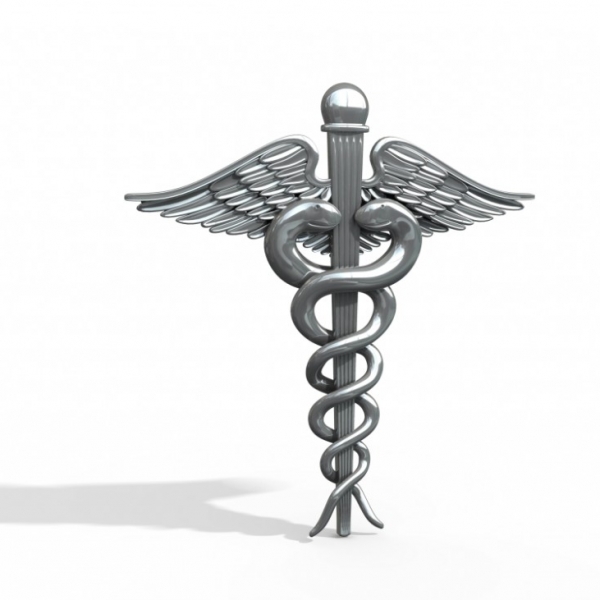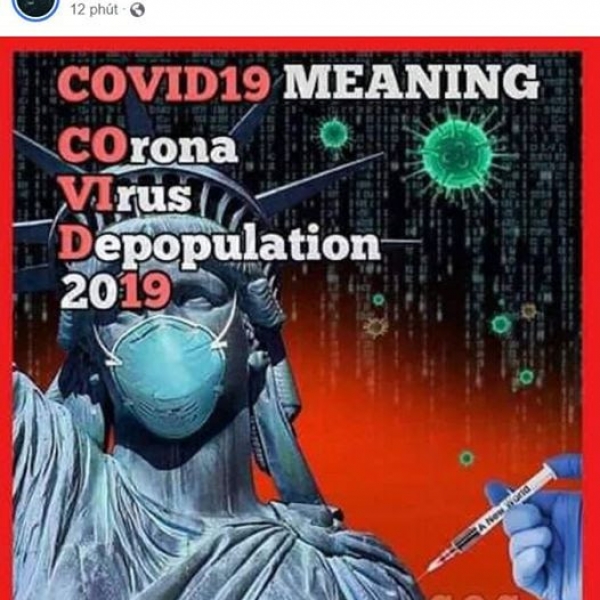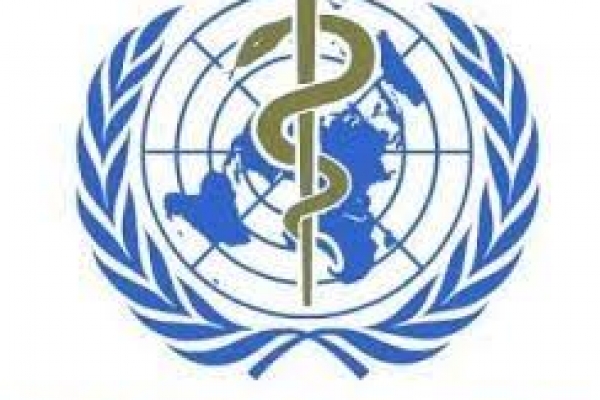Contact Admission
International Collaboration
Need to Distinguish X-RAYS, CT SCAN, MRI, PET S. - Diagnostic imaging methods
1. What is X-rays (X-rays)?
To understand what X-rays are, first of all learn the concept of "electromagnetic wave, electromagnetic radiation".

All around us there is a space of energy in the form of an electromagnetic field, in which the sunlight, or the light that we see, is just an electromagnetic wave. There are many types of magnetic waves, from weak to strong in order, including: radio waves, microwaves, infrared waves (infared, IR, used in remote controls), normal light, ultraviolet rays also called rays. ultraviolet light, UV rays, X-rays, and finally gamma-rays. So there are only three types of waves that are stronger than normal light. The stronger the wave, the more "penetration" through the cell. The three X-rays, UV, and Gamma rays are all used in medicine to detect or heal. Meanwhile, the light is often down, when it hits an obstacle, it is mostly reflected and has little effect on the structure or damage the object inside. Open brackets a little for fun, I say "mostly" here because waves can exist in the form of waves, energy (energy), and matter, so the energy can sometimes be partially affected. absorbed without reflecting off. Understandably, our bodies sometimes exist as just a mass of waves and energy in an electromagnetic space !.
X-rays were discovered in 1895 by German professor of physics, Wilhelm Conrad Röentgen. A commonly used use of X-rays is to "rays", but X-rays are also used to treat cancer and to detect celestial bodies in the cosmos industry. X-rays can also be used to detect contraband, firearms ...
2. What is CT scan?

CT scan is also known as CAT scan, short for two words "computed tomography", invented in 1967 by a British engineer named Godfrey Hounsfield. CT shows a cross-sectional image of the body, a three-dimensional mass, represented on two-dimensional planes. Each image is composed of multiple X-rays, shot from different directions around the body. When taking a picture with a normal X-ray, the light rays are shot in one direction, so the images overlap. For example, with a lung scan, we can see that the heart, lungs and ribs are overlapping, making it difficult to see where the disease is. CT scans use a computer to compose X-rays from a variety of angles, in order to create a clear, body-like image that is sliced horizontally like lemon slices in a plate of pale beef!
3. What is MRI?

MRI Brain Scan
One limitation of X-rays is that it penetrates the body and carries radiation so today the MRI has many advantages. MRI stands for three words, Magnetic Resonance Imaging. MRI was invented by Paul C. Lauterbur in 1971, but the technology wasn't perfect until 1990's. The principle of MRI is to create a magnetic field around the part of the body that wants to be photographed. Because in our body is mostly ... water, but water molecules contain Hygrogen atoms which are positively charged, also called protons. When excited by a magnetic field, protons seem to "align" and vibrate, emitting radio waves. A computer will record this radio wave as an image.
So, in general, MRI is safe, and the technology is getting better and better than CT.
4. What is PET scan?

PET scan
PET scan stands for Positron Emission Tomography. A PET scan is a test that uses radioactive substances to check for abnormal signals in the body, most likely cancer or metastatic cancer. Depending on the situation, the patient will be injected, taken orally, or inhaled with a radioactive substance, called a radiotracer. The principle is, abnormal cells, such as cancer, often congregate into tumors, and use more blood, more oxigen, eat more sugar, digest and reproduce faster than normal cells. As if thanks to the radioactive material, these anomalies would show up in irregular spots. A PET scan is often combined with a CT or MRI, because the two tests above detect only an image, say a tumor, while PET will tell if the tumor is cancerous or not.
5. What is ultrasound?

Cardiac Ultrasound
Ultrasound, also known as sonogram, is a test that uses sound waves and ultrasound to create images. Similar to the radar waves bats use to navigate, or a submarine detection app, find planes for air traffic stations, or find ... fish for fishermen! Sound emitters will emit sound waves, when hitting the object they want to detect will bounce back to create images. In my implantation, the ultrasound is my third eye every day. Many patients ask me if I am safe. It is very safe, as it is just sound waves, there is no radioactivity. It's just a sound that only bats or dogs can hear.
6. How safe are the tests?
Like that, MRI and sonogram are probably the safest because nothing radiation is involved. The Millisievert (mSv) is the unit for measuring radioactivity. Each year, on average, each of us is exposed to a distant 3 mSv from the surrounding environment. During a 5-hour flight from Los Angeles to New York, each passenger will be infected with a launch distance of about 0.03 mSv. Average X-rays, depending on the part of the body, radiation exposure from 0.001 mSv to 1.5 mSv, for example, a mammogram is 0.4 mSv and a lung scan is 0.1 mSv, less contamination is a day in the sun at sea! Meanwhile, CT scan, radioactive contamination from 2 to 20 mSv. Also, each PET scan, will cause radiation of about 25 mSv.
In comparison, the radiation exposure of the imaging methods is not that bad, because it takes a long time to take it once, and if necessary, it only has to do. Thanks to these inventions, medicine can detect and treat diseases quickly.
Risk of Radiation When Taking a CT Scan
We should be cautious when deciding to have a CT scan because the risk of radiation exposure is extremely dangerous.
THE PATIENT WITH HAZARDOUS RADIATION in some medical examinations is clear. However, how much radiation exposure a patient should be called dangerous?
Recent studies have raised alarm that the CT scan procedure is being used more and more recently, leading to many dangers for patients. CT scan stands for "computed tomography", meaning the technique of taking pictures of the parts of the human body. This is sometimes called “imaging” or endoscopy. Doctors often use this method to diagnose disease. CT scans are used to find all kinds of diseases from where the infection is, where the skull falls, or find cancer.
Dr. Rebecca Smith-Bindman, at UC San Francisco Hospital, and her team of specialists have just released a research report saying they are concerned because the CT scan method has been used quite a lot recently, tripled since 1996 until now. The research report says that the CT scan technique releases more radioactive material than the conventional X-ray method. Especially for children, the risk of radiation exposure is much higher. An international research group publishes a report showing that children who are healthy, have a fall, take them to a CT scan, they have a higher risk of cancer compared to children who refuse to do it. CT scan. This study lasted 23 years of follow-up. Children who do CT scans are three times more likely to develop brain cancer and blood cancer four times.
Experts disagree in explaining the results of the study that many patients are anxious about. The Radiology Society of North America remains adamant that the risk of causing cancer by having a CT scan is very small compared to the benefits that this technique helps in diagnosing the disease. Mr. Mark Pearce, one of the authors of a study on risk to children, at Newcastle University said; "Although the risk may be tripled, it is three times that of a very small number."
Many radiologists, including Dr. Smith-Bindman, justify their position, and they say that the use of CT scans has been misused for its ease of use. Even the patient demanded to have a CT scan, and the doctor did not hesitate to have a CT scan just because he was afraid that he might have missed out and failed to complete all diagnoses.
Anyway, the results of the study also made doctors think twice before deciding to send patients to CT scans. Dr. Smith-Bindman suggested: “We should rethink and decide if we should do an endoscopy for the patient, and whether it has been proven necessary for the patient. . "
The amount of Radiation for each CT scan of the chest causes harm equivalent to:
a.) 1,400 X-rays of the teeth,
b.) 240 flight times lasting 5 hours,
c.) 70,000 pass through the detector at the airport,
d.) 19 years of smoking, per pack of 20 cigarettes per day.
Taking the mSv radiometric unit as a standard: Each chest x-ray is only 0.1 mSv. Using CT scan will be radioactive 7 mSv.
Dr. Ho Ngoc Minh
Other news
- Medical advances predicted to break through in 2026 ( 13:54 - 12/01/2026 )
- Vietnamese medical miracles in 2025 – inspiration for medical students ( 07:54 - 07/01/2026 )
- Home AEDs: High Life-Saving Effectiveness, but Not Cost-Effective at Current Prices ( 14:12 - 18/12/2025 )
- Artificial Intelligence and Pediatric Care ( 08:27 - 16/12/2025 )
- Applying Clinical Licensing Principles to Artificial Intelligence ( 09:36 - 08/12/2025 )
- U.S. Approves Targeted Lung Cancer Therapy Datroway ( 08:43 - 25/06/2025 )
- Therapeutic potential and mechanisms of mesenchymal stem cell-derived exosomes as bioactive materials in tendon–bone healing ( 08:38 - 23/11/2023 )
- Symbol of medicine ( 19:38 - 19/09/2021 )
- The history of the development of medicine worldwide and in Vietnam ( 18:58 - 19/09/2021 )
- Pharmacology in mind ( 08:42 - 04/02/2021 )


















